“Your results don’t match my model. Your results must be wrong.”
I’ve had a few conversations which have started like this, normally followed up with, “Can’t you even run an experiment properly? Don’t you know that this model is what we’re basing our project decisions on.”, as the wild panic starts to creep in. Unfortunately I’ve seen too many models which have been created without having enough data at the start of the process. It’s almost like the line between ‘hypothesis’ and ‘model’ becomes blurred to the point of invisibility at times.
Sometimes the data doesn’t match the original hypothesis, and it’s often at those times that we learn more about the system we are working with. I recently started looking at cameras with back side illuminated (BSI) imaging sensors, as from what I had read they had the potential to offer enhanced UV sensitivity especially at the short wavelength end. To do this I bought a Sony A7III camera, and had it converted to multispectral (UV, visible and IR) and tested it (discussed here). It looked to offer some improvements over conventional sensors, but the actual sensor response in the short wavelength UV was hard to measure due to the presence of the Bayer filter (which absorbs lots of UV). To get round this issue, the best thing to do would be to have a monochrome converted BSI sensor, which had the Bayer filter removed. This way the raw sensor response could be measured. Given that I wasn’t overly impressed with the Sony A7III, I settled on a Nikon d850 as the base camera for this and worked with Dan at MaxMax to have it converted to monochrome.
So what was the result – how much more of an improvement in sensitivity did I see? Would it change the world? The easiest way to check this was to compare it with the the sensitivity of another monochrome camera I have, the Canon EOS 5DSR, which MaxMax made for me a couple of years ago. This is shown below.
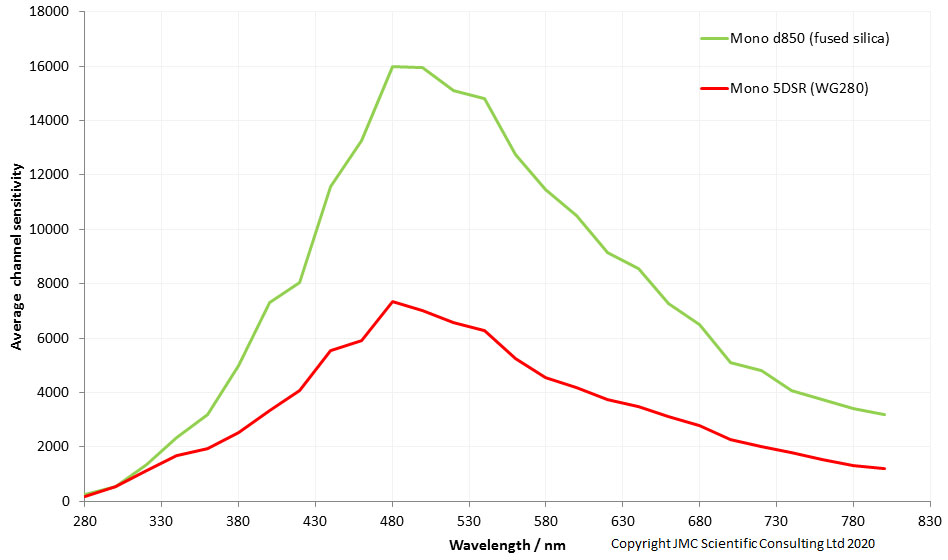
Hmmm, not what I expected. There is some increased sensitivity for the mono d850 especially in the visible and the IR, and even in the long wavelength UV region, however by the time we get down to the short UV end (300nm) they look the same. Oh no, the data doesn’t match the model. Panic. PANIC. PANNIIICCCCC….. No. Take a deep breath and to quote Douglas Adams, “Don’t panic”. Don’t panic, just work out why the model doesn’t match the data. First thing, repeat the experiment. Well I did that and got the same results again, so it didn’t look to be an experimental design issue. Next thing, go back and look at the information which helped me make the initial model. This had come from some quantum efficiency graphs I’d seen online, for UV optimised cameras with BSI sensors which showed huge improvements in their sensitivity at 300nm and even below.
So where was I going wrong, and why wasn’t I seeing these improvements with my camera? This is where I dug a little further. I went back to the source data and tracked down some of the original publications, where they went into more detail. Yes, they were using BSI sensors, but they were also tweaking them to make them more UV sensitive. This was done by doping the silicon used to make the sensor, and actually using anti-reflective coatings which were optimised for UV transmission, thereby getting every little bit of UV into the sensor. This was the difference – the converted Nikon and Camera cameras I have have standard BSI sensors, and they do not have coatings on them which are optimised for UV.
If you have an eye for detail, you’ll have noticed in the graph above that contents in brackets after the camera descriptions are different. These are actually the windows put on the sensor to protect them after the monochrome conversion. The d850 has a fused silica window, and the 5DSR has one made of Schott glass WG280. Could this be impacting the results? The fused silica offers improved transmission at 300nm and below compared with the WG280, so if anything it is giving the d850 an advantage in the comparison. So, no, the window material is not the reason that the data didn’t match the model.
What have we learned? Sometimes the data doesn’t match our precious model. This isn’t a reason to panic, it’s just a test of the model. Models aren’t fact, they are just models, and they sometimes need to evolve. The good thing is that if the data doesn’t match the model, it forces you to learn more about your system, and as a result to improve the model. And, please, please, please, put effort into generating data to make the model more robust before getting too invested in it.
After all that lecturing, is the monochrome Nikon d850 a good camera? Well, yes, it is. The weather here is pretty rubbish at the moment (storm after storm after storm) and as a result there isn’t much UV, so I can’t do some good tests for that just yet. However here are some visible light images taken on it using a Noct Nikkor 58mm f1.2 lens, and a cheap BG39 copy filter (not Schott, but a Chinese copy).
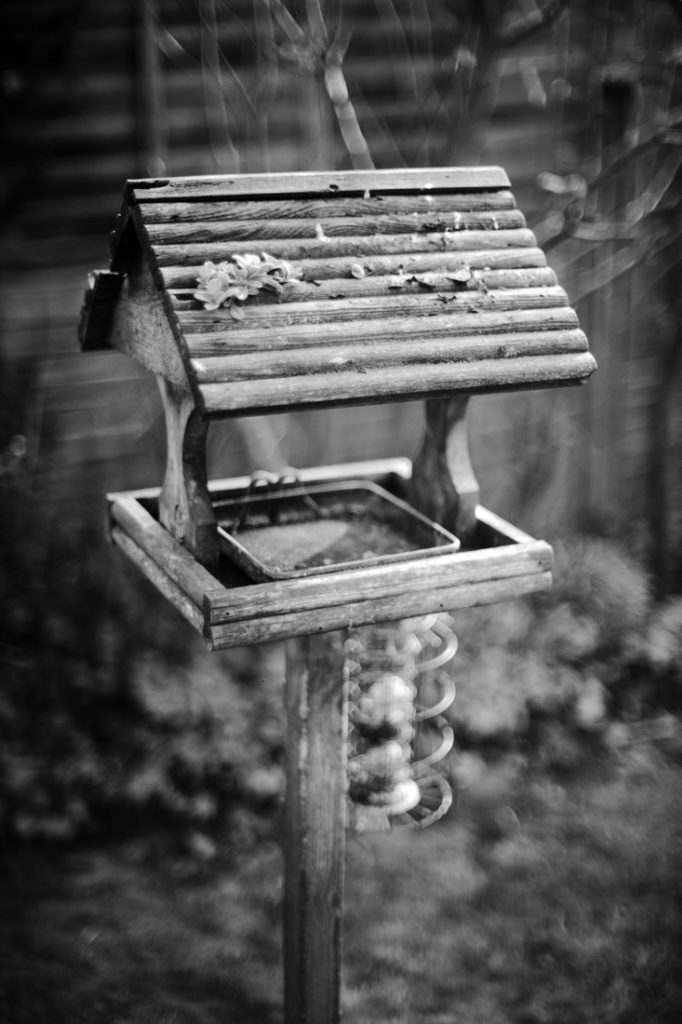
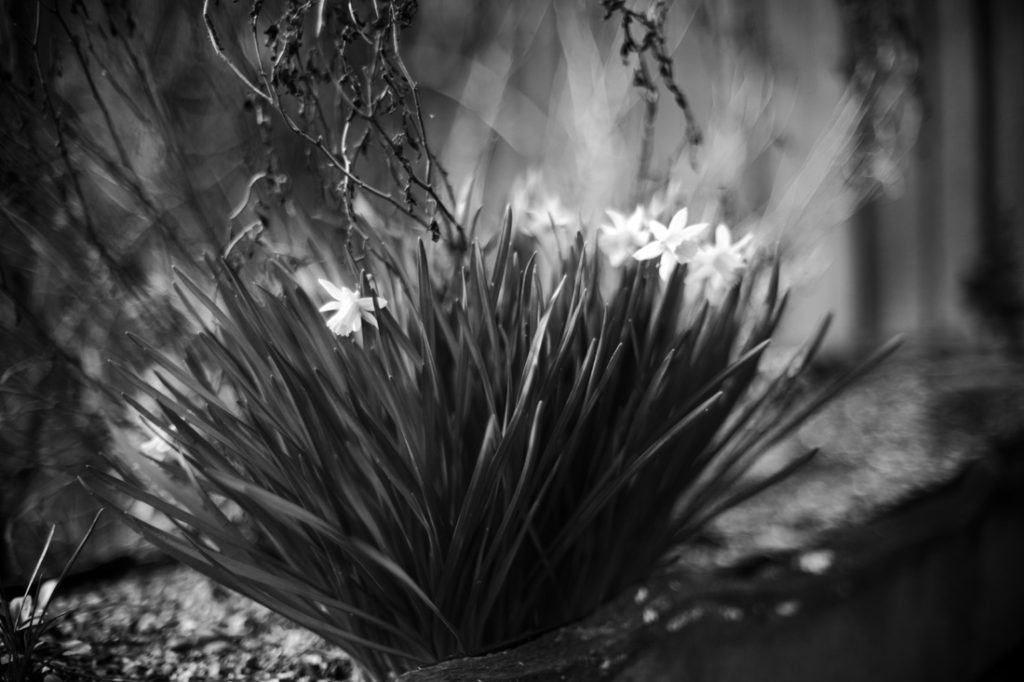
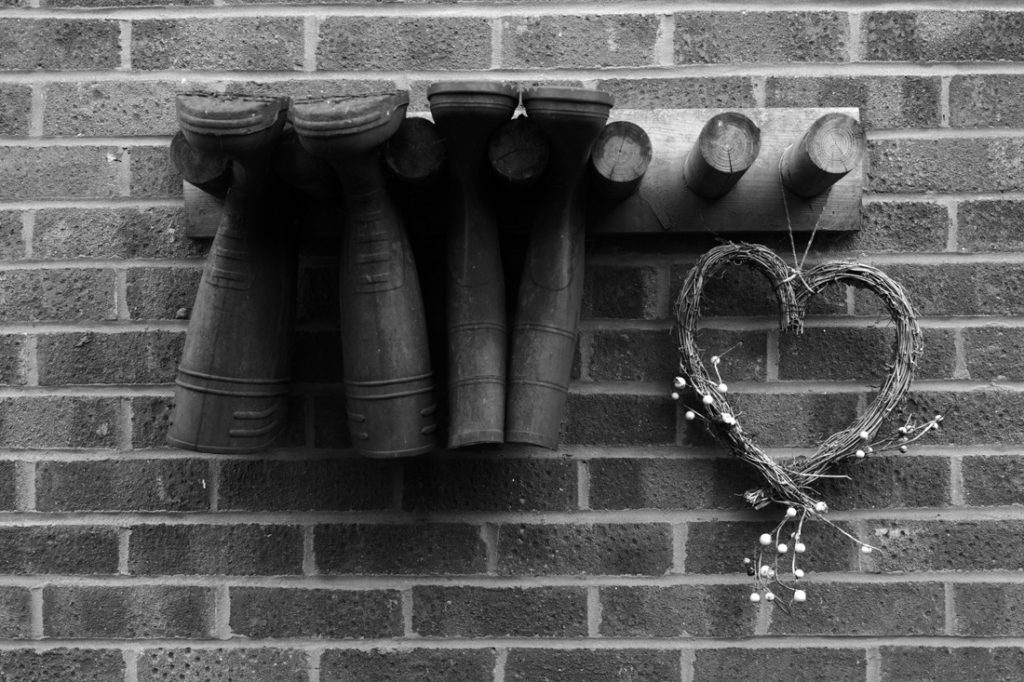
To show the potential resolution of the camera, below is a full frame image of a Blackthorn flower in the garden.
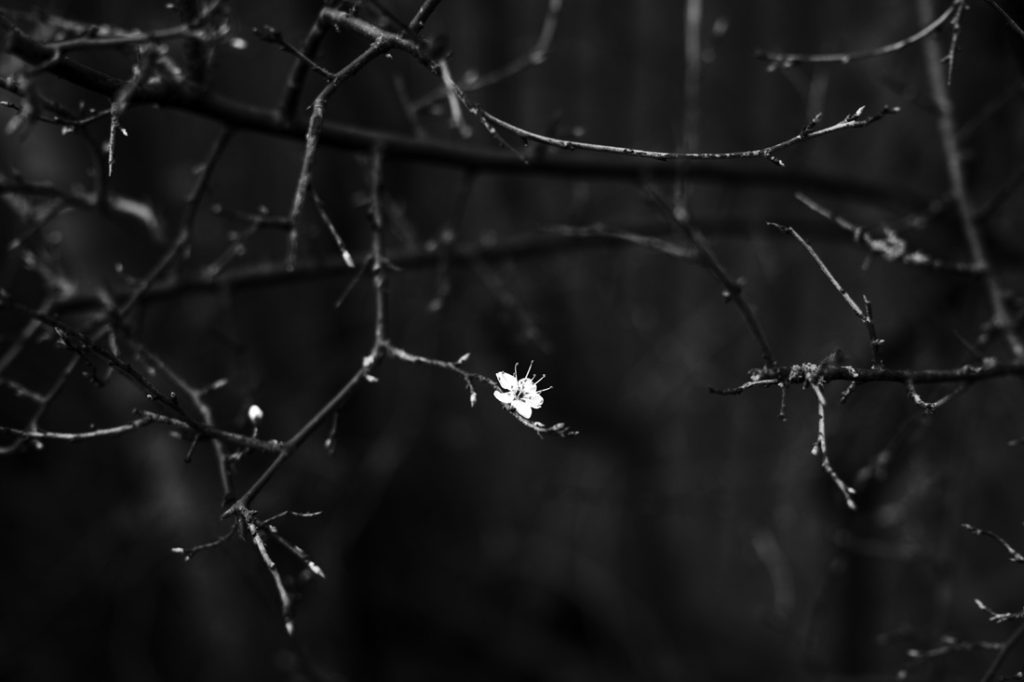
The image below is a crop of the Blackthorn flower above, shown at the actual pixel resolution.
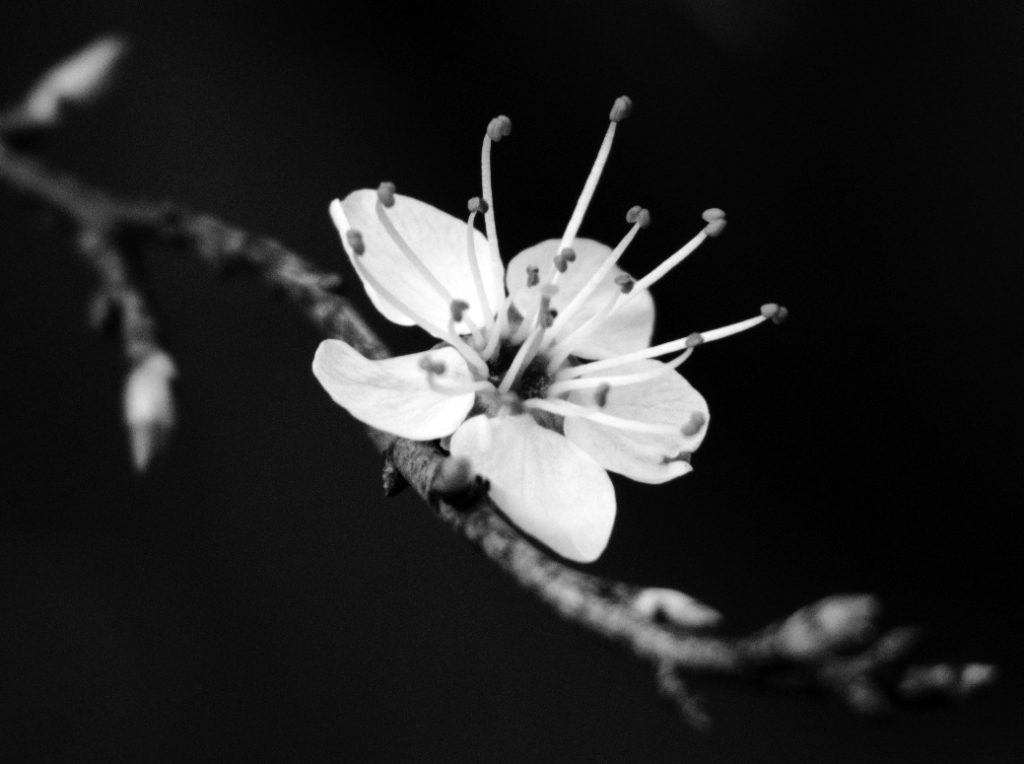
As you can see, a crop from the original image shows amazing resolution. Keep in mind these were taken hand held, outdoors in relatively poor light. As such the camera has huge potential for black and white photographic work, offering both amazing resolution and great tonal rendition, combined with the ability to work free from the constraints of colour.
Will I use this for UV imaging in the future? Absolutely. Will I throw away my other cameras and replace them with the monochrome d850? Er, no. It’s good, but has its limitations as well. Will I throw all my toys out of my pram because my data didn’t match my model? No, I’ll just refine my model, and I used the unexpected result to further understand the imaging process.
And, always remember, if things go wrong and you get data you don’t understand, as Douglas says, “Don’t panic”.
If you want to know more about this or other aspects of my work, you can reach me here.
